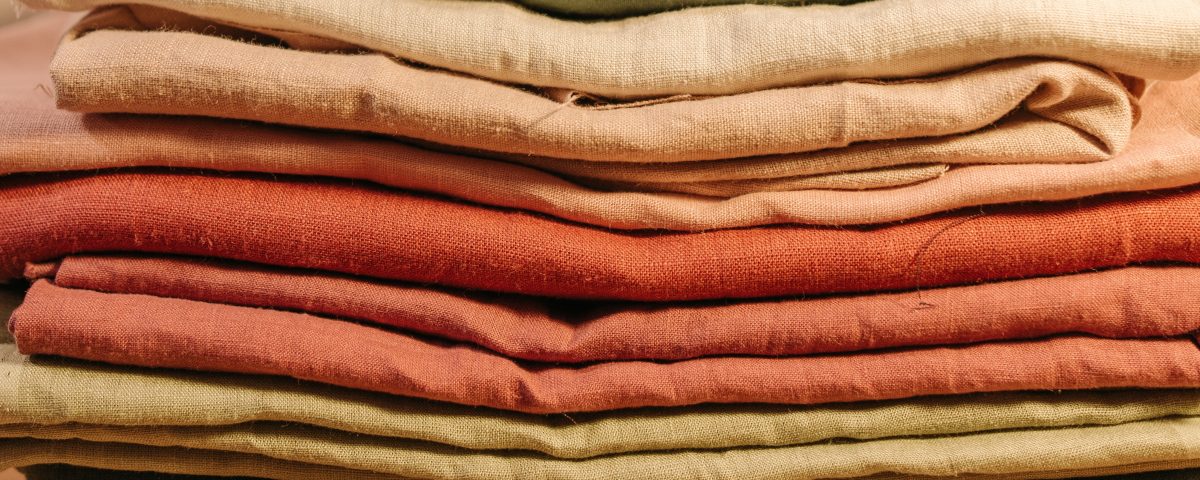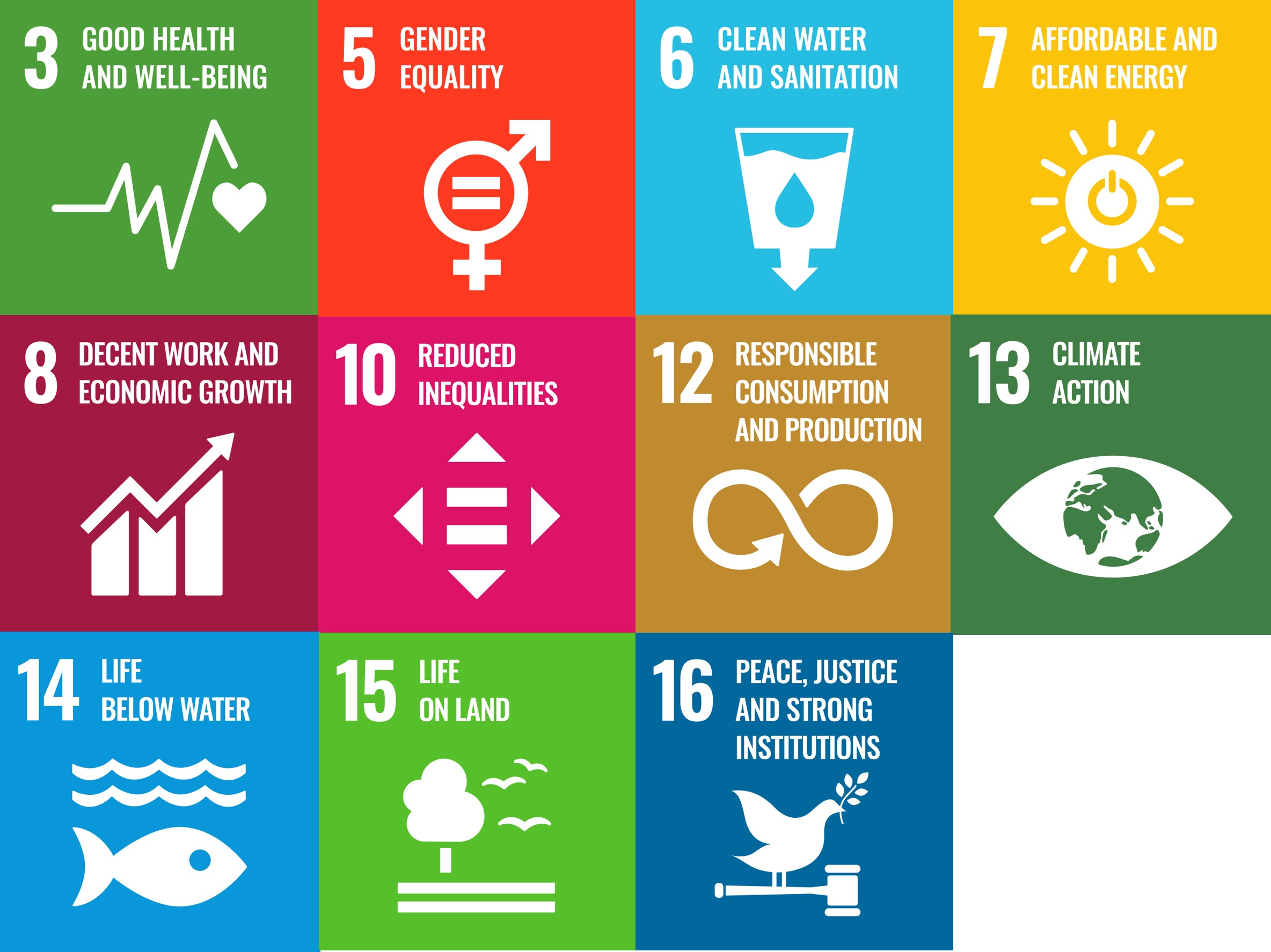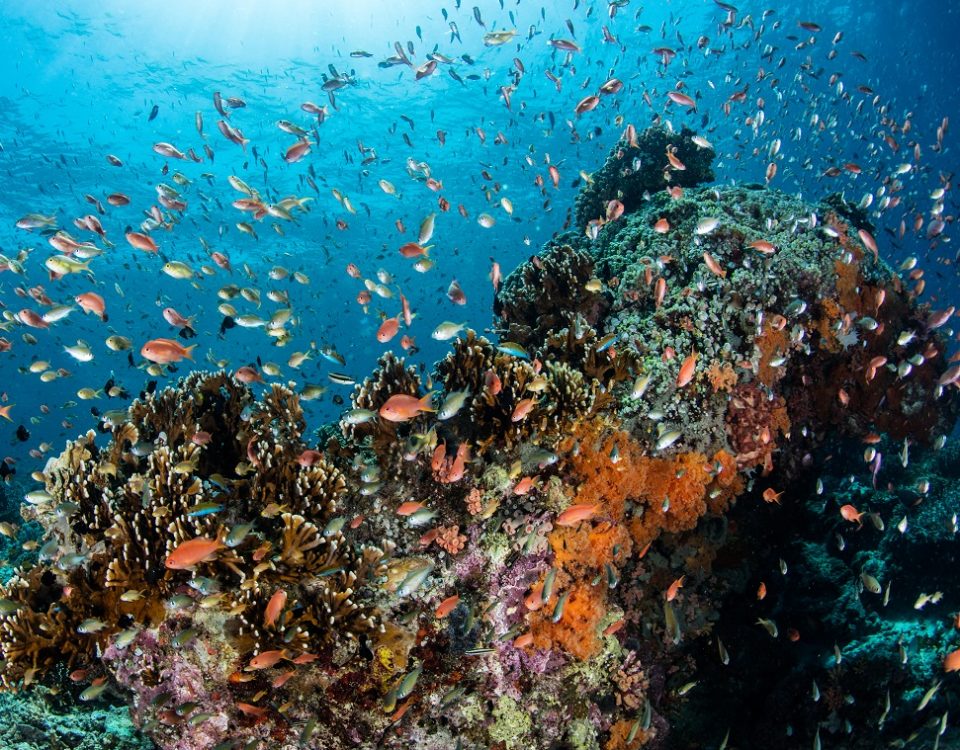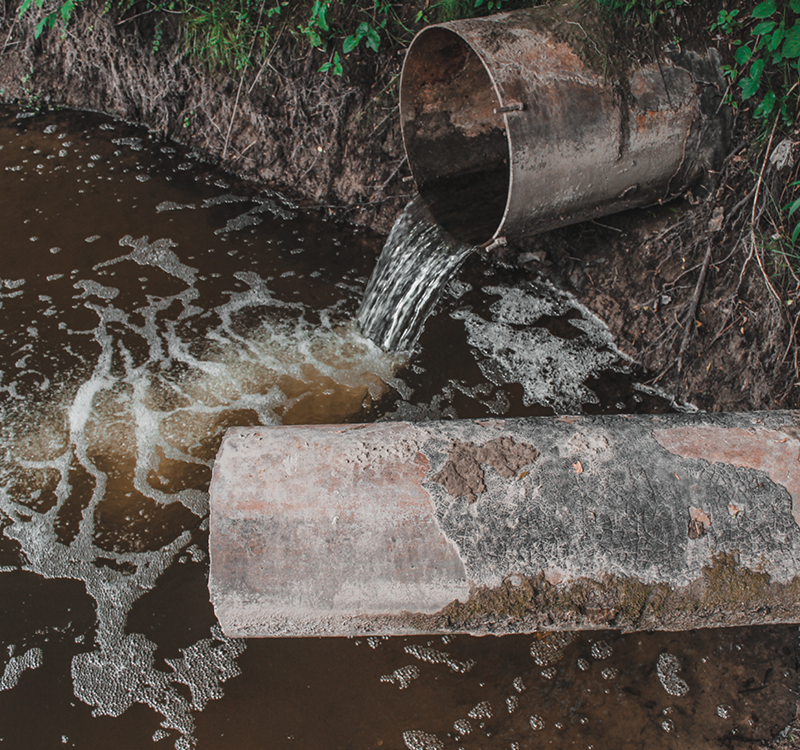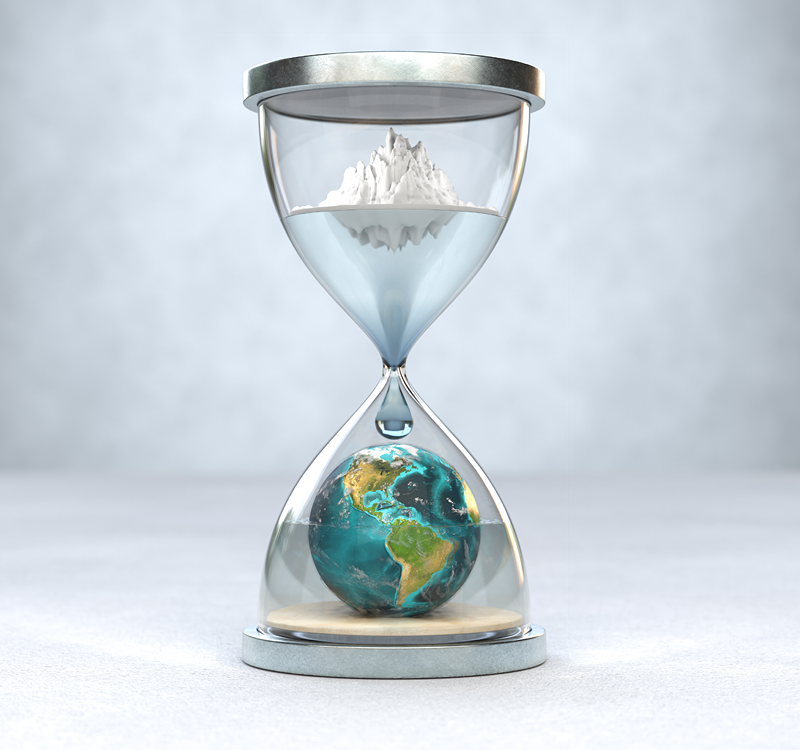
Understanding of water vs reality
17. June 2024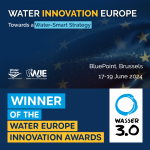
Global Water Challenge Award 2024
1. July 2024Microplastics in everyday life - In focus: Microplastic emissions from textiles
One of the main sources of direct microplastic entry into the environment is through the wearing and washing of synthetic textiles. This accounts for approximately 35% of the microplastics entering the global marine environment every year, amounting to between 200,000 and 500,000 tonnes. In Europe alone, 13,000 tonnes of textile microfibers are released to surface waters every year, equivalent to approximately 8% of the total primary microplastic release.
The European Commission have identified the textile value chain as a key priority within the EU Circular Economy Action Plan and has outlined potential measures to target the overall sustainability of the textile value chain, along with the unintentional microplastic release from synthetic textiles. This blog will provide an overview of issues related to the synthetic textiles, the proposed pathways to target unintentional microplastic release, along with the associated challenges that must be addressed.
The textile value chain is a complex global challenge for sustainability
Textiles are part of a global linear value chain and result in numerous detrimental impacts on climate change, land, and water use, spanning the entire lifecycle of the product. Between 2000 and 2015, the global production of textiles nearly doubled, and it is estimated that the consumption of clothing and footwear will increase a further 63% by 2030, from 62 million tonnes to 102 million tonnes.
Environmental impacts along the textile value chain
Microplastic release throughout the product lifecycle
The release of pollutants is not just an issue at the production stage, but also during washing and wearing of textiles. Washing releases both pollutants and microplastics into wastewater effluents and is one of the main sources of direct microplastic entry into the environment, accounting for approximately 35% of the microplastics entering the global marine environment every year. This amounts to between 200,000 and 500,000 tonnes.
In Europe alone, it has been estimated that between approximately 18,000 and 46,000 tonnes of microfibers are released from washing machines, with 13,000 tonnes entering surface waters.
Here at Wasser 3.0, we conducted studies investigating microplastic release through washing textiles, and found that between 1.1 to 12 million fibres were released per wash cycle of 2 kg of clothes, with the released amounts depending on the washing parameters and fabric types.
And we found out that we can prevent 70% (and more) fiber release during washing with simple tricks and tips. Without additional filters or investing in a new washing machine.
Synthetic microfibres are persistent in the environment and have been shown to yield a broad range of toxicological effects on organisms, ranging from the cellular- to organism-level, and may thus pose a significant threat to both environmental and human health.
In the EU the consumption of textiles has on average the 4th highest impact on environment and climate change (after food, housing, and mobility), and third highest for water consumption and land use. The textiles value chain has thus been identified as a key priority in the EU Circular Economy Action Plan and the development of a comprehensive EU strategy for sustainable and circular textiles is underway.
On the path towards more sustainable textiles
The final measures and standards have not yet been announced but will address unintentional microplastic release and overall sustainability of the textile industry. Key actions regarding prevention and mitigation measures include among others:
- Mandatory Eco-design requirements
- increase product durability and longevity
- reduce amount of hazardous chemicals used
- forbid destruction of unsold clothes, etc.
- Prevention and reduction measures targeting unintentional microplastic release
- prewashing at industrial manufacturing plants
- labeling of microplastic emissions
- innovative materials and facilitated minimum recycled content
- mandatory washing machine filters
- standardization of test methods to monitor microplastic release
- technologies to prevent microplastics in sludge at wastewater treatment plants
- Development of digital product passport for textiles and review of textile labeling regulation
- Green Claims Initiative
- To make claims regarding environmental footprint of products reliable, comparable, and verifiable across the EU
- Extended producer responsibility, increasing reuse and recycling of textile waste
- Introduction alongside obligation under EU waste legislation to establish separate collection of textile waste by January 1, 2025
The first step towards determining appropriate measures and limits is to gain an understanding of how many microplastics are released along the value chain, including how textile washing and how different parameters (i.e., temperature, fabric type, detergent, washing duration, top vs front-loading machines etc.) influence the textile’s shedding behaviour during the use phase.
But 80% of the textile’s environmental impact are already determined at the design stage, thus the prevention of microplastic emissions at the source should be emphasized, and the impacts of manufacturing techniques, capturing microplastics at the source, and textile properties on microplastic release must also be considered.
The detection and measurement methods used (i.e., sampling volumes, filter mesh-sizes, material characterization) also impact the reported number of microplastics. Thus, developing standardized sampling and detection methods are critical for reliable comparisons of microplastic release and assessing reduction efficiencies.
What we can do as consumers to reduce microplastic release
Based on the results of our washing machine project, we determined that small steps help make a big difference. Reducing washing temperatures (from e.g. 60C to 30C), lowering the rotations per minute (e.g. from 1200 rpm to 600 rpm), and using detergent all help to minimize microfibre release.

Copyright Wasser 3.0
Ensuring efficient and sustainable measures for microfiber release
Further considerations when targeting unintentional microplastic release from synthetic textiles across the entire value chain include:
- Pre-washing of fabrics requires that industrial wastewater treatment facilities are equipped for microplastic removal (initial washes release more microfibers and most of the textile production occurs in regions without adequate wastewater treatment)
- Microfiber filters for washing machines are said to capture 80% of microfibers emissions (attached filters) or 21- 54% for in-drum devices (e.g. Cora Ball or Guppyfriend); remaining microfibers are released to the wastewater treatment plant and thus wastewater treatment processes should be adapted for improved microplastic removal
- Microfiber filters for washing machines have potential for improper disposal and treatment of both the accumulated microfibers and used filters
- Necessary public awareness of role that textiles play in microplastic pollution (including knowledge that microfibers and synthetic textiles are made from plastics)
Reliable and transparent labeling and certifications regarding textile sustainability along the value chain with agreement on criteria and metrics for sustainability and circularity
If you want to become really sustainable, you need to breathe deeply
The textile value chain is a complex global challenge. But there are various levers for circular economy solutions regarding synthetic textiles that will impact multiple sustainable development goals and reduce their overall climate and environmental impacts. To reduce unintentional microplastic release, measures must be taken along the entire value chain, from material design, through use, to disposal. And as wastewater remains one of the predominant pathways for microplastic emissions, even with the use of washing machine filters, improved wastewater treatment processes that target microplastic removal are a critical component to reducing their entry into the environment.
And what do we think of the planned actions?
From our point of view, the data situation regarding the input quantities of microplastics, e.g. from washing processes or from textile production or finishing, is still not really and extensively quantified. In most cases, the proposed actions are based on estimates or deductions, without the effects of the measures (e.g. what does the retrofitting of washing machines or the legally required new purchase have for a microplastic footprint, recycling rate, etc...) or with the usefulness of a (disproportionately quick, because simple) introduction.
Without the database, every action on the part of legislators / politicians seems like a desperate step towards a better feeling and less towards a real, measurable positive impact.
At Wasser 3.0, we share the belief that we must act quickly to ensure clean, drinkable, usable water for the future. However, we stand on the side of society and stick to it with transparent communication. For us, the planned actions are not scientifically sound enough and are too economically driven in the direction of the consumer. Burdening consumers with the responsibility for reducing microplastic emissions in washing processes is perhaps a faster, but simply the wrong way, if the much-discussed precautionary principle would have to take effect and the impact-rich levers could therefore be found in industry. We, the consumers, are at the end of the value chain.
At Wasser 3.0, we work with our microplastic detection every day to collect the data and thus create the basis for efficient, sustainable action and to identify the future-proof lever for water without microplastics. And you can support us in this.

